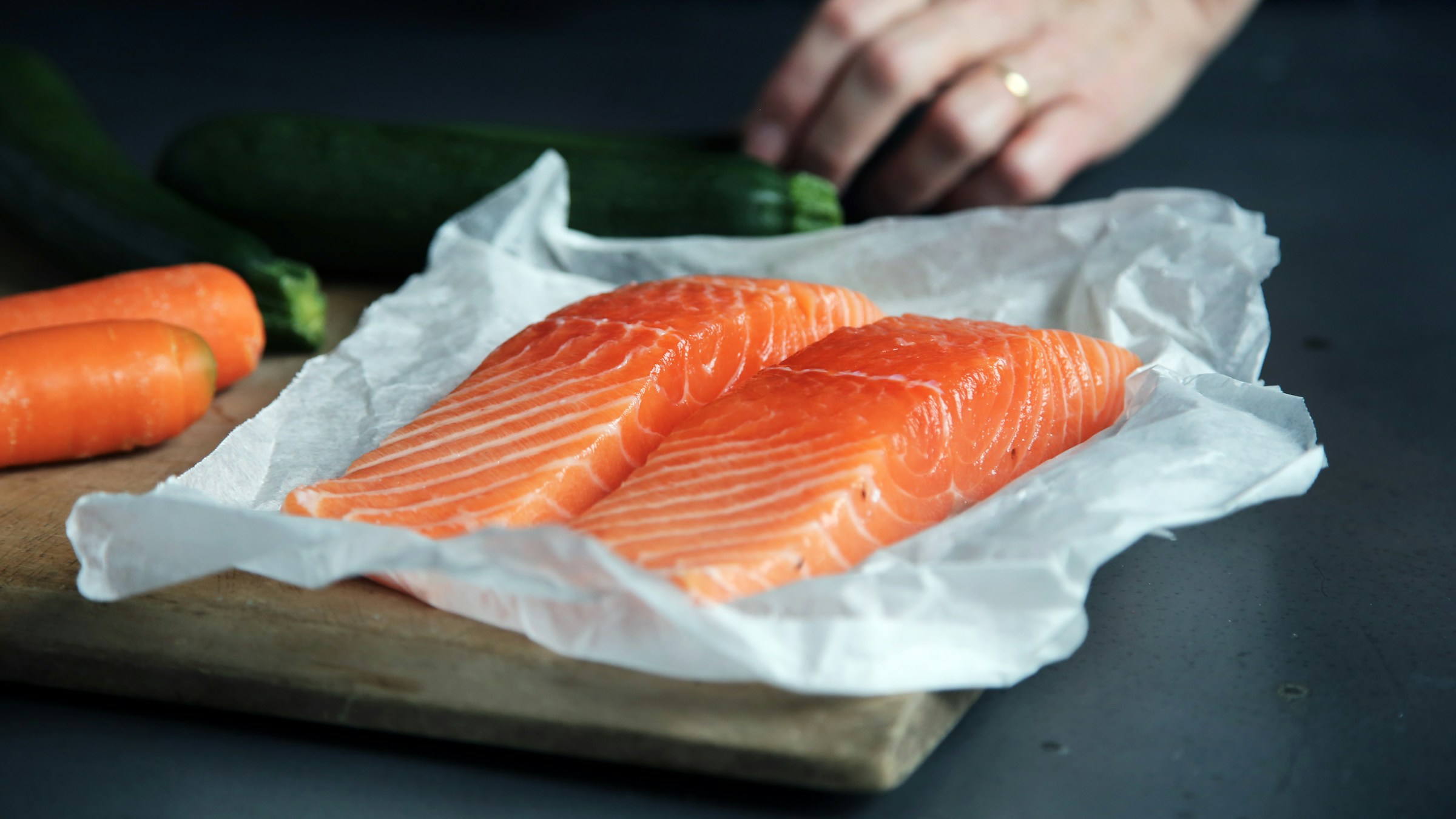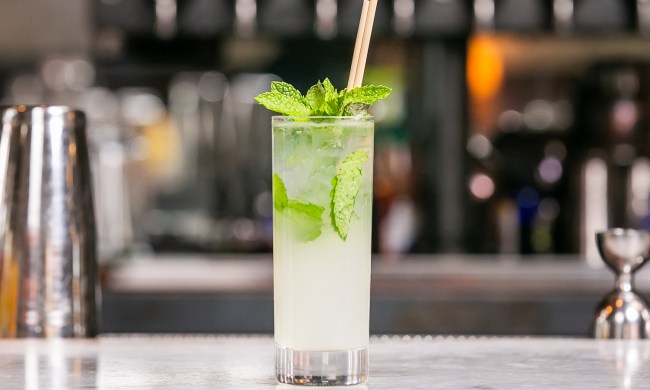
When it comes to seafood, Americans can’t seem to get enough salmon. We love this beautiful fish for its heart-healthy omega-3 fatty acids, its culinary versatility, its gorgeous flavor, and its stunning hue. Salmon is a regular weekly staple in many homes, and for good reason. This multitalented little beauty shines in just about any preparation, be it baked, broiled, steamed, poached, seared, or grilled. So, if you’ve only ever explored just one or two of these delicious methods for cooking salmon, it’s time to up your game and try out a new preparation. You may just find a new favorite.
Shopping for salmon

When shopping for salmon, there are a few basic guidelines to keep in mind that will help to ensure you end up with the freshest, most flavorful filet possible.
Firstly, avoid the pre-shrink-wrapped stuff in the refrigerated section next to the pork chops and head straight to the butcher/seafood counter if your store has one. There are a few reasons for this. Of course, you’re much more likely to get a fresher piece should you ask your butcher to wrap one up for you, but you can also take the opportunity to ask any questions you might have – what’s the butcher’s favorite? Which particular salmon is freshest? Is it farm-raised or wild-caught? Asking questions is the best way to learn, so put on your extrovert pants and get to it.
Next, it’s important to remember to use your senses. Look at the salmon. Does it look fresh? If the display isn’t behind glass, give it a subtle whiff. Fresh salmon should smell of the sea or nothing at all – never fishy or sour. Our bodies are generally pretty good at detecting if food isn’t at its best, so don’t be afraid to use your senses.
Don’t judge salmon based on color. Some tend to think that the deeper the color, the fresher the fish, which is simply not always the case. Depending on the type of salmon you’re buying, the flesh can be pale and every bit as – if not more – flavorful than the more pigmented pieces. King salmon, for example, is one of the most delicious and prized varieties for its delectable fat content – fat content that makes the flesh a very pale color in comparison to other varieties.
How to cook salmon in the oven

Baking
While most salmon preparations are relatively simple, baking in the oven is pretty foolproof. It’s hard to beat the ease and convenience of popping some salmon on a sheet pan along with some seasonable vegetables, seasoning, drizzling with olive oil and calling it a day.
This tried-and-true baked salmon method involves baking on a sheet pan at 400F for 15 – 20 minutes, depending on the size and cut of your salmon.
Broiling
The quick, intense heat of a broiler is a great way to prepare salmon, as well as many other kinds of fish. While this method isn’t necessarily as foolproof as the others (you need to pay close attention!), it’s still quite simple if you stay close to the oven.
Broiling is a great way to cook salmon quickly and achieve a beautifully browned crust on top of your filet. Simply season and oil your salmon, then place it under a broiler for 6-9 minutes until it reaches your desired doneness.
En papillote (in parchment paper)
This French preparation of cooking salmon involves wrapping it in a parchment paper packet with spices, a bit of oil, and any other desired ingredients. When sealed inside its paper package, the salmon will gently cook from the steam that develops inside. The result is an aromatic, flavorful, tender piece of fish.
To cook your salmon en papillote, bake the tightly sealed packages at 425F for about 15 minutes.
How to cook salmon on the stove

Poaching
While poaching (cooking slowly in liquid) may not always be the most practical method of cooking, it does ensure a moist, flavorful piece of salmon that’s almost impossible to overcook. Poaching infuses the fish with the flavors of the broth in which it is cooked, providing a beautifully flavored, tender dish.
To poach salmon, fully submerge the filet into the cooking liquid (usually made from white wine, broth, and aromatics). Simmer for 5-8 minutes until salmon is tender and cooked through.
Pan-searing
If you enjoy salmon skin, pan-searing is the perfect method for getting it beautifully crisp, golden, and delicious. This is also the method to go with if you plan on making a pan sauce to accompany your fish. Once the filet is cooked, simply set it aside on a plate and add your ingredients to the same pan for a delicious sauce.
To pan-sear salmon, heat a bit of oil in a skillet over medium-high heat. Place the seasoned salmon skin side down into the hot pan and cook until golden, about 3-4 minutes. Using a fish spatula, gently flip the filet over and continue cooking on the other side, reducing the heat to medium and cooking until the fish has reached your desired doneness, about 3-4 minutes.
How to cook salmon on the grill

Grilling season is just about here, and grilled salmon is an absolutely delicious summertime staple. While many fish can be finicky when it comes to the grill, salmon’s meatier consistency and higher fat content make it perfect for grilling.
To avoid a sticky situation, be sure that the grill grates have been brushed with oil and the salmon has been patted dry of all excess moisture. Rubbing the salmon with a good amount of oil and placing it on clean, lubricated, hot grates should be enough to avoid sticking. Just be sure not to move the fish around too much once it’s been placed on the grill. Of course, if the thought of sticky salmon gives you anxiety, you can always cook the fish on a piece of foil or even a cedar plank over the grill grates.



